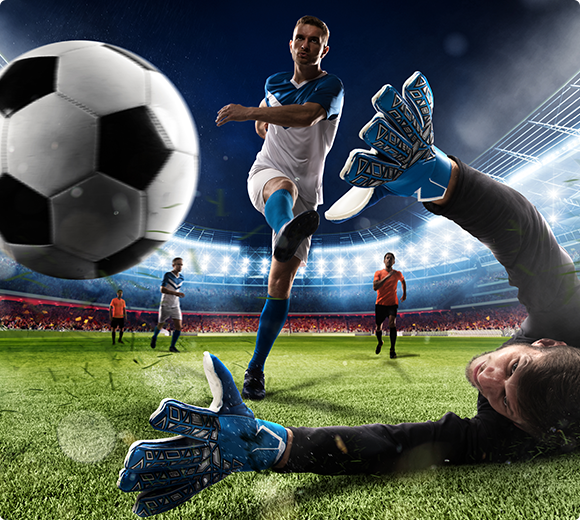
xplosive power is critical for activities like jumping, sprinting, and tackling in football. Plyometric exercises train your muscles to exert maximum force in short intervals, enhancing your ability to perform dynamic movements on the field.
Jump onto a sturdy box or platform, focusing on landing softly and absorbing the impact with your legs. This exercise builds leg strength and improves vertical leap.
Jump forward as far as possible from a standing position, emphasizing a powerful push-off and balanced landing.

Mastering the art of shooting under pressure is crucial for success in real-game scenarios. Create drills where you must take a shot quickly while being chased by a defender or after receiving a difficult pass. Practice one-touch shots to simulate high-pressure situations where time is limited.

Football requires players to maintain constant awareness of their surroundings. To improve this skill, practice drills where you must receive the ball while scanning the field. Use a partner to call out colors or numbers displayed on cones behind you, requiring you to check your surroundings before making a pass.
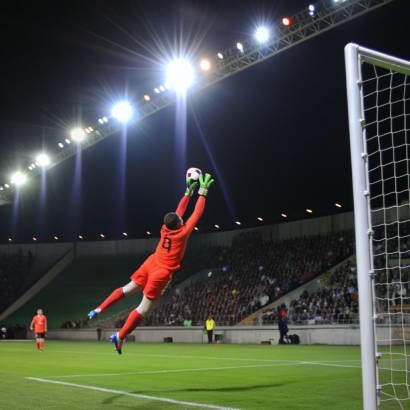
Football matches last 90 minutes, requiring sustained stamina. Incorporate long-distance running or cycling into your routine to build aerobic endurance. Combine this with high-intensity interval training (HIIT), alternating between sprints and jogging. For example, sprint for 30 seconds, jog for 1 minute, and repeat for 20 minutes.

Set pieces often decide the outcome of matches, making them an essential part of training. For corner kicks, practice different delivery techniques, such as in-swinging, out-swinging, and low-driven crosses. Work with teammates to rehearse specific strategies, like near-post runs or far-post headers.

Recovery is a vital component of any training program. After each session, spend 10–15 minutes cooling down with light jogging and static stretching. Use a foam roller to target sore muscles, particularly the calves, quadriceps, and hamstrings.

A good football training session should include a proper warm-up, skill development drills (e.g., passing, dribbling, shooting), fitness exercises for stamina and agility, tactical practice, and a cool-down session to prevent injuries.
For beginners, 2–3 sessions per week is ideal. Advanced players may train 4–6 times per week. Consistency is key, but rest days are equally important to allow your body to recover.
The best drills include cone dribbling for close control, juggling to improve touch, and small-sided games to practice control in real scenarios. Practicing with both feet is essential to becoming a well-rounded player.
Focus on your technique, such as planting your non-kicking foot next to the ball and following through with your kicking leg. Practice free kicks, penalties, and one-touch shots regularly to build accuracy and confidence.
Before training, eat a meal rich in carbohydrates and moderate protein for energy (e.g., pasta with chicken). After training, consume protein for muscle recovery and carbohydrates to replenish energy stores (e.g., a smoothie with whey protein and fruit).
Yes, individual training allows you to focus on your weaknesses and improve specific skills at your own pace. It’s particularly useful for mastering techniques like dribbling, shooting, or defensive positioning with personalized attention from a coach.

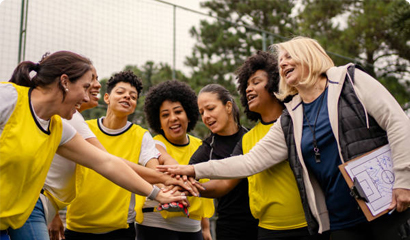
Before diving into intense football drills, a proper warm-up is non-negotiable. It primes your body, reduces the risk of injuries, and ensures peak performance during training. Start with 5–10 minutes of light jogging or brisk walking to elevate your heart rate and increase blood flow to your muscles. Transition into dynamic stretches, which are more effective for football than static stretches. Perform exercises like leg swings (forward and sideways), arm circles, and walking lunges with a twist to engage multiple muscle groups.
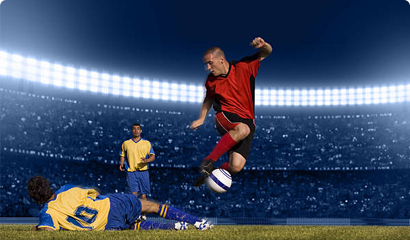
Dribbling is one of the most essential skills in football, requiring precision, speed, and creativity. To improve, start with cone drills: set up a line of cones spaced about 1 meter apart. Practice weaving the ball through them using the inside and outside of both feet. Focus on keeping the ball close to your body to maintain control even in tight spaces.
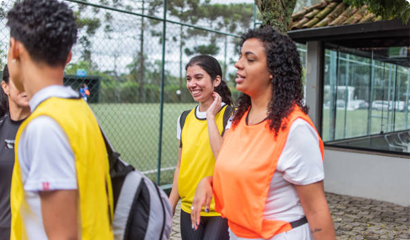
Scoring goals is the ultimate aim in football, and improving your shooting accuracy and power is vital. Begin with stationary shots: place the ball at the penalty spot and practice striking it into the corners of the goal. Focus on planting your non-kicking foot beside the ball, striking the ball with the instep or laces of your dominant foot, and following through toward the target.
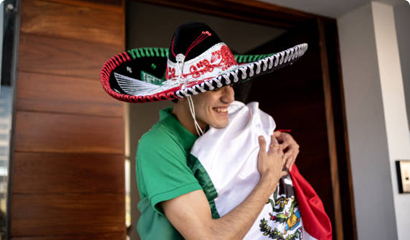
Defending is as important as attacking in football, and mastering tackling techniques requires both skill and strength. Start with "shadow defending" drills, where you mimic an attacker’s movements without trying to win the ball. This builds anticipation and teaches proper defensive positioning.

Football requires a blend of endurance, agility, and explosive power. Incorporating fitness drills into your routine ensures you can maintain high performance throughout a match. Start with interval sprints: sprint 50 meters, jog back, and repeat for 10–15 rounds. This mirrors the bursts of speed needed during a game.
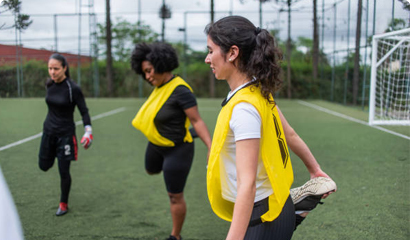
The cool-down phase is often overlooked but is crucial for muscle recovery and preventing soreness. After intense training, spend 5–10 minutes doing light jogging or walking to bring your heart rate back to normal. Follow this with static stretches, focusing on all major muscle groups used during training.
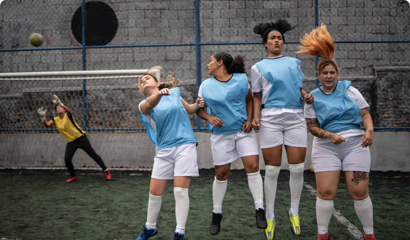
Passing and receiving are essential skills for teamwork and ball movement in football. Start with short passes over 5–10 meters, using the inside of your foot to maintain control and accuracy. Work on both one-touch and two-touch passes, depending on the situation. Practice triangle passing drills with two partners to enhance your spatial awareness and ability to pass under pressure.

Football requires constant acceleration, deceleration, and rapid changes in direction. Incorporate ladder drills, such as lateral steps and quick hops, to improve foot speed and coordination. Use cone drills like "Zig-Zag Sprints," where you sprint from cone to cone in a zigzag pattern, focusing on sharp turns and quick movements.

Crossing and finishing drills are essential for players in attacking positions. Set up cones or targets in the penalty area to simulate teammates or goal zones. Practice crossing from the wings, focusing on precision and timing. Use both feet to develop versatility in crossing the ball.
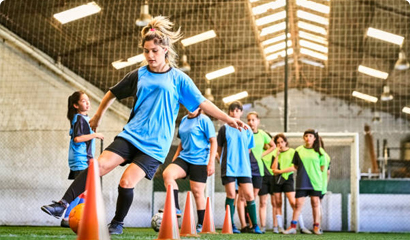
Defensive skills are crucial for maintaining possession and breaking down the opponent's attack. Work on tackling drills with a partner where one player dribbles, and the other practices standing tackles. Focus on timing, body positioning, and maintaining balance.
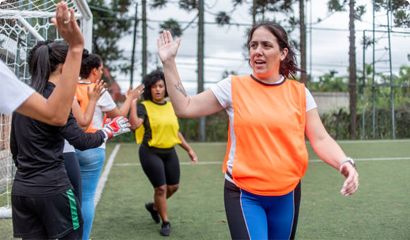
Strength is a key component of football performance, aiding in tackling, sprinting, and maintaining balance. Incorporate compound exercises like squats, deadlifts, and lunges to build lower-body strength. For upper-body power, focus on push-ups, pull-ups, and bench presses.
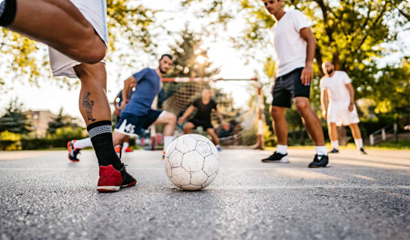
Understanding the tactical aspects of football is as important as physical training. Small-sided games (e.g., 3v3 or 5v5) are excellent for developing game awareness, decision-making, and teamwork. These games encourage quick thinking and adaptability under pressure.